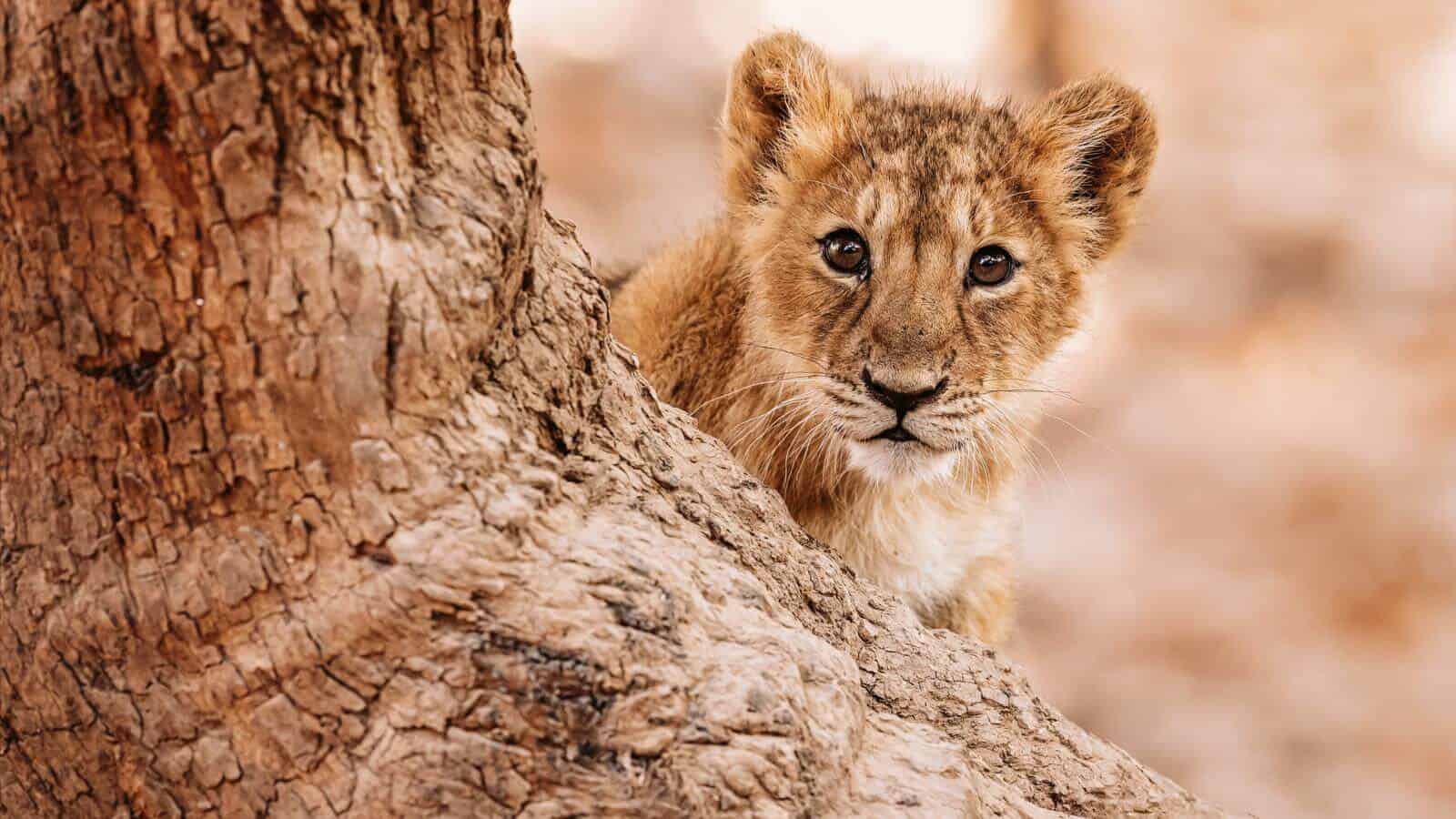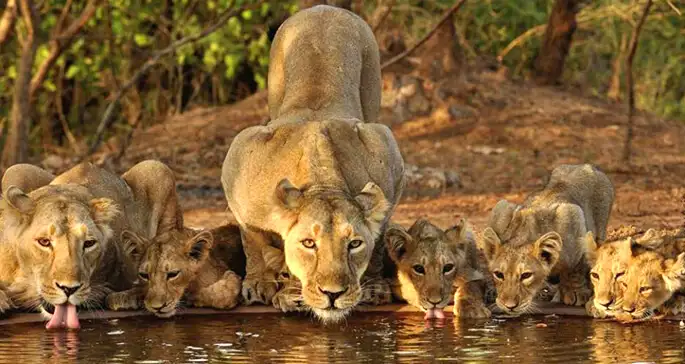National parks and wildlife sanctuaries are not only protected areas for wildlife but also key ecosystems that provide invaluable services to the environment. Many of these parks and sanctuaries are home to rare species, vast landscapes, and unique biodiversity. The largest of these conservation areas are located across the globe, providing safe havens for wildlife while maintaining ecological balance.
In this article, we explore some of the largest national parks and wildlife sanctuaries that span vast areas and play an essential role in conserving nature for future generations.

What are National Parks and Wildlife Sanctuaries?
Before diving into the largest parks, let’s first understand the difference between national parks and wildlife sanctuaries:
-
National Parks: These are protected areas set aside by governments for the conservation of wildlife and their habitats. They are open to the public for recreation and education but have strict rules about human activities within their borders.
-
Wildlife Sanctuaries: Wildlife sanctuaries are areas designated for the protection of specific species of animals, plants, and habitats. Unlike national parks, sanctuaries often have more lenient restrictions on human activities, although they still prioritize conservation.
The Largest National Parks in the World
1. Northeast Greenland National Park (Greenland)
- Area: 972,000 km²
- Location: Greenland, Denmark
As the largest national park in the world, Northeast Greenland National Park is an expansive wilderness that covers nearly 972,000 square kilometers. It is home to polar bears, reindeer, musk oxen, and a variety of bird species. This park is unique due to its arctic environment and remote location, offering an isolated sanctuary for wildlife.
2. Wrangell-St. Elias National Park and Preserve (USA)
- Area: 53,321 km²
- Location: Alaska, USA
Wrangell-St. Elias is the largest national park in the United States and North America, encompassing over 53,000 square kilometers. The park features majestic mountain ranges, glaciers, and valleys. It is home to diverse wildlife including grizzly bears, wolves, caribou, and many species of migratory birds. The park also has a significant historical value, showcasing remnants of mining history from the early 20th century.
3. Kavango-Zambezi Transfrontier Conservation Area (Botswana, Namibia, Zambia, Zimbabwe)
- Area: 520,000 km²
- Location: Southern Africa
The Kavango-Zambezi Transfrontier Conservation Area is a massive wildlife conservation zone that stretches across four countries in Southern Africa. It was created to promote cross-border cooperation between Botswana, Namibia, Zambia, and Zimbabwe for wildlife conservation. The region is home to the famous Okavango Delta and is renowned for its rich biodiversity, including elephants, lions, leopards, and endangered species like the African wild dog.
4. Great Barrier Reef Marine Park (Australia)
- Area: 344,400 km²
- Location: Queensland, Australia
The Great Barrier Reef Marine Park, though a marine park, is one of the largest protected areas in the world. It covers over 344,000 square kilometers of coral reefs, islands, and surrounding waters. This UNESCO World Heritage site is home to over 1,500 species of fish, hundreds of species of corals, and various types of marine mammals, including sea turtles and dolphins.
5. Denali National Park and Preserve (USA)
- Area: 24,464 km²
- Location: Alaska, USA
Denali National Park is known for its dramatic landscapes, including the iconic Denali Mountain, the tallest peak in North America. The park spans over 24,000 square kilometers of wilderness, offering a habitat for grizzly bears, moose, caribou, and wolves. The park’s vast wilderness also attracts adventurers and mountaineers from all over the world.
Wildlife Sanctuaries Around the World
While national parks are primarily focused on protecting landscapes and ecosystems, wildlife sanctuaries are dedicated spaces to protect particular animal species. Here are some of the largest and most significant sanctuaries across the globe:
1. Kaziranga National Park (India)
- Area: 1,032 km²
- Location: Assam, India
Kaziranga is a UNESCO World Heritage Site and one of the most famous wildlife sanctuaries in India. It is known for its large population of the endangered one-horned rhinoceros. Besides rhinos, Kaziranga is also home to tigers, elephants, wild buffalo, and several species of birds.
2. The Amazon Rainforest (South America)
- Area: 5.5 million km² (spans across several countries)
- Location: Brazil, Peru, Colombia, and other countries in South America
The Amazon Rainforest, often referred to as the "lungs of the Earth," is the largest tropical rainforest in the world. While it is not strictly a single sanctuary, it contains many protected areas that aim to preserve biodiversity. The Amazon is home to countless species of plants and animals, some of which are still undiscovered.
3. Central Kalahari Game Reserve (Botswana)
- Area: 52,800 km²
- Location: Botswana
The Central Kalahari Game Reserve is one of the largest game reserves in the world, covering over 52,000 square kilometers. It is located in the Kalahari Desert and hosts a variety of wildlife, including cheetahs, lions, jackals, and antelopes. Despite its arid climate, the reserve provides critical wildlife habitats, especially during the rainy season.
4. Kakadu National Park (Australia)
- Area: 19,804 km²
- Location: Northern Territory, Australia
Kakadu National Park is not only Australia's largest national park but also one of the most biologically diverse regions in the world. It is home to over 2,000 plant species and around 280 bird species, including the iconic jabiru stork. The park is also famous for its cultural significance, with rock art that dates back thousands of years.
5. Bialowieza Forest (Poland and Belarus)
- Area: 1,500 km²
- Location: Poland and Belarus
Bialowieza Forest is one of Europe's last and largest remaining parts of the primeval forest that once covered much of the continent. It is a UNESCO World Heritage site and home to the European bison, a species that was nearly extinct but has now been reintroduced in the forest. The forest also contains a rich variety of flora and fauna, making it a crucial site for conservation efforts.

Importance of Conservation in Large National Parks and Sanctuaries
Ecological Balance
Large national parks and wildlife sanctuaries play an essential role in maintaining ecological balance. They protect delicate ecosystems from human interference, help preserve biodiversity, and ensure the survival of endangered species. These conservation areas help maintain the Earth’s natural cycles, such as the carbon and water cycles, which are essential for life on the planet.
Climate Change Mitigation
Many of the world’s largest national parks, particularly those in the Arctic and tropical regions, act as vital carbon sinks. For example, forests like the Amazon Rainforest absorb large amounts of carbon dioxide, helping mitigate climate change. Protecting these parks ensures that the natural systems can continue functioning to stabilize the global climate.
Tourism and Education
Large protected areas attract ecotourism, which helps raise awareness about conservation efforts. Visitors can learn about different ecosystems, the species that inhabit them, and the importance of preserving these environments. Revenue generated from tourism can also be reinvested into park maintenance and conservation programs.





.gif)














Sign in
to continue to ilmkidunya.com